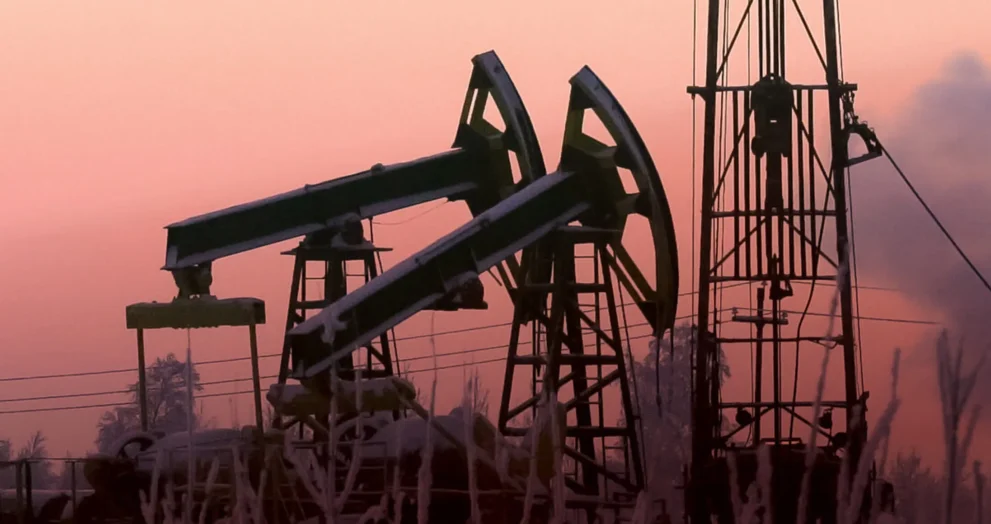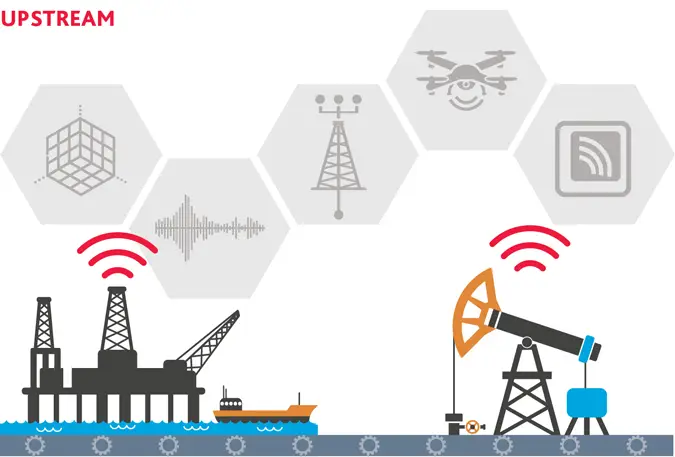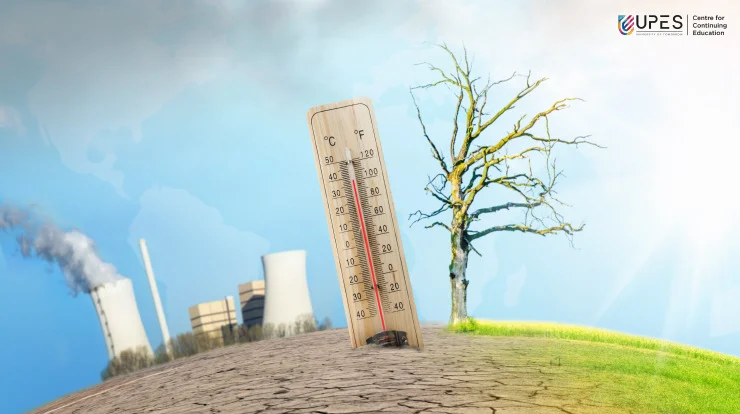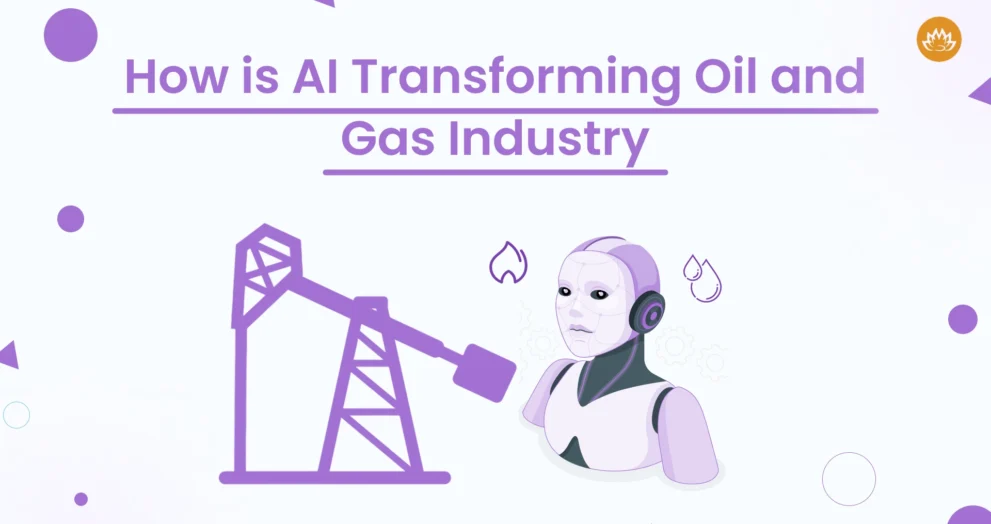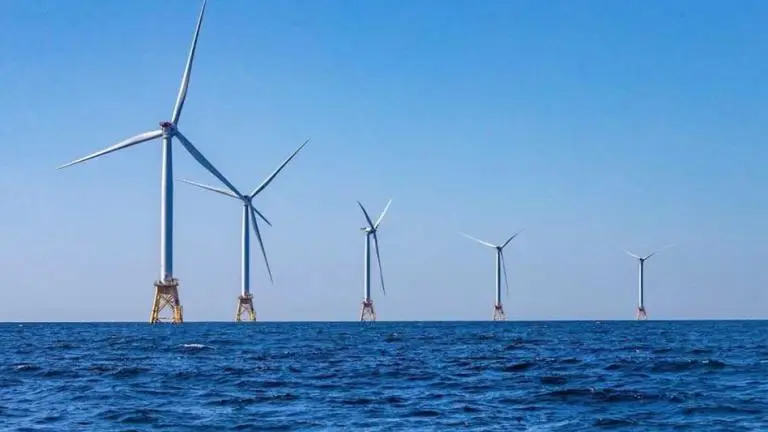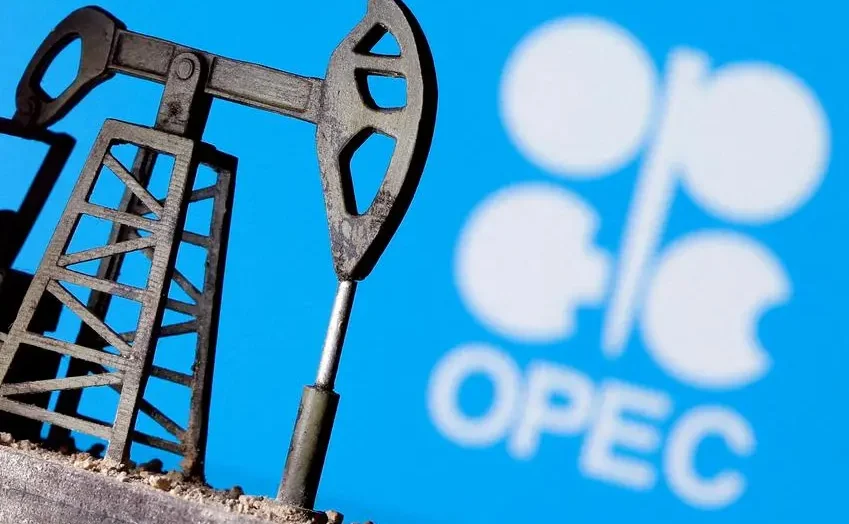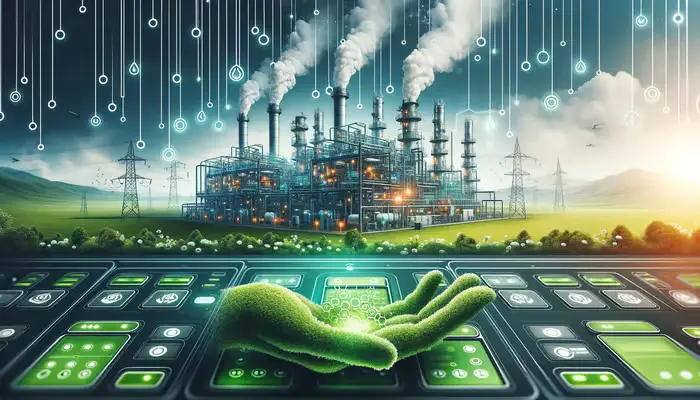Oil and Gas Industry Faces Supply Surge and Transition Pressures in 2025
The oil and gas industry in 2025 is at a turning point, balancing oversupply risks and geopolitical uncertainties with opportunities in LNG, petrochemicals, and sustainability. Companies are leveraging technology and strategic investments to remain competitive, but the projected price decline and global glut pose challenges. As the sector aligns with energy transition goals, its ability to adapt will shape the global energy landscape through 2030.






